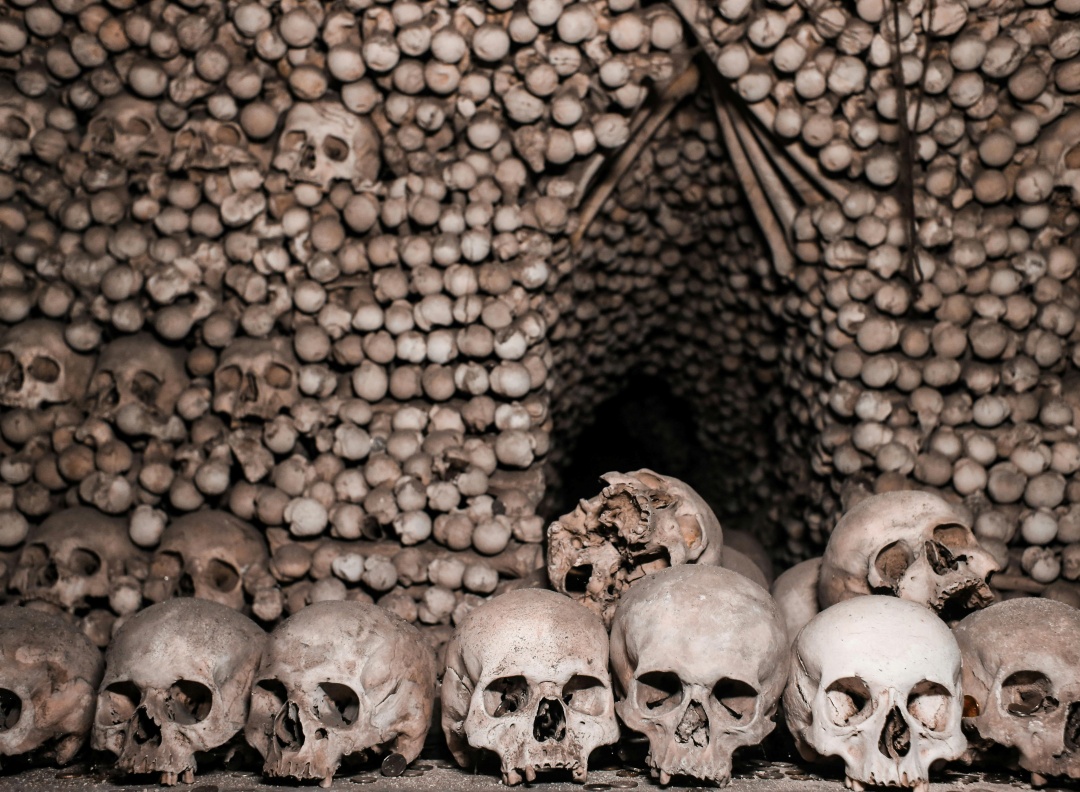
Dr. Luca Kis is creating digital facial reconstructions of people who have been dead for hundreds of years.Continue reading

The remains of King Matthias Hunyadi, one of the most iconic kings of Hungarian history, might have been identified in the ossuary located at the national memorial site where the former Basilica of the Assumption of the Blessed Virgin Mary once stood in Székesfehérvár — according to a dossier obtained by Mandiner.
Most medieval Hungarian monarchs were buried in the Székesfehérvár (located between Lake Balaton and Budapest) basilica, but the tombs were plundered by the Turks, and the coronation church itself was destroyed by the early 19th century. Throughout the 19th and 20th centuries, numerous skeletons were uncovered and stored in various locations.
The site is now managed by the Saint Stephen Museum in Székesfehérvár. Based on skulls found during excavations at the basilica, the Gyula László Research Center and Archive of the Institute of Hungarian Research has already completed 11 facial reconstructions. A scientific article has been published on this work (Alba Regia 51. 2023. 61–92).
In 2024 a researcher at the center created multiple graphic reconstructions of skulls from the ossuary. During this process, she noticed that
the skull from grave number I/10 bore so many similarities to that of János Corvinus (Matthias’ son, whose remains were discovered in Lepoglava, Croatia) that it raised a strong suspicion of close kinship.
A 3D model and a scientific plastic facial reconstruction were created based on the I/10 skull. The entire documentation was then sent — without any identifying context — to renowned forensic anthropologist Martin Trautmann. He confirmed the earlier observations: the two skulls’ original owners might have been very closely related.
János Hunyadi (Matthias’ father) is buried in the cathedral of Alba Iulia (Gyulafehérvár). The article says that the only remaining possibility — considering the skeleton originated from the Székesfehérvár ossuary, which contains royal graves — is that the remains are those of King Matthias Hunyadi. The document obtained by Mandiner therefore states that, with high probability the skeleton belongs to King Matthias.
Following the article’s publication, the Institute of Hungarian Research responded, stating:
The claims in the press regarding the remains of King Matthias are currently unconfirmed.
The hypothesis is undergoing scientific verification. A final position can be made after the verification process.” A genetic comparison is still pending, but the probability is estimated at 90%.
Via Mandiner; Featured picture: Wikipedia